Today, on the first Monday of October, we celebrate World Architecture Day. This year, the International Union of Architects (UIA) has set the theme “Design for Strength,” a powerful call to action that resonates deeply with the UN’s focus on urban crisis response. In a world facing unprecedented environmental and social disruptions, this theme challenges us to move beyond temporary fixes. It asks: How can our buildings and cities not only withstand shocks but also foster equity, continuity, and resilience?
While the concept of strength in architecture can easily evoke images of reinforced concrete and steel, a more profound interpretation is emerging, one that defines strength not as mere rigidity, but as a holistic capacity to endure and adapt. This includes many facets, from ecological resilience and stewardship to long-lasting concepts of social resilience or the long-lasting conservation of existing urban structures, all contributing to a built environment more able to respond to the multitude of crises faced by cities worldwide.




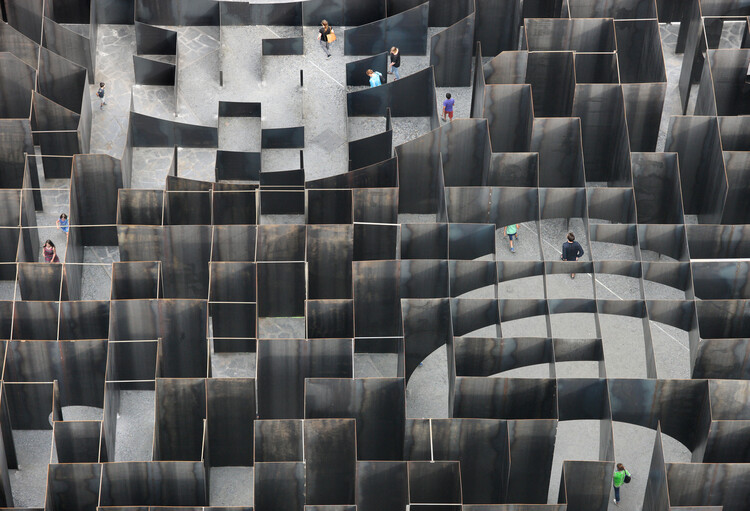
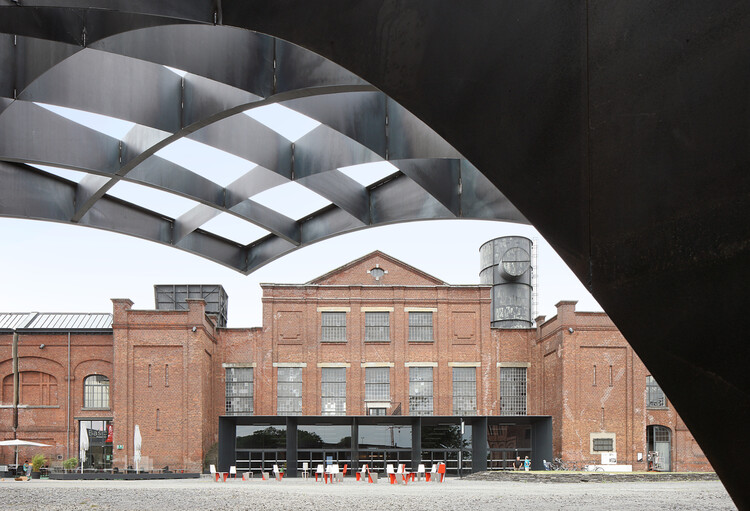
To explore this expanded definition, this article delves into three distinct yet interconnected facets of strength in contemporary architecture: the strength of place, exploring how context-specific, environmentally attuned design provides the most effective response to local crises; the strength of legacy, highlighting reuse and conservation as a critical strategy for both cultural continuity and environmental sustainability; and finally, the strength of the collective, focusing on how inclusive, community-centered design builds the social cohesion that underpins all true resilience.
Related Article
World Architecture Day 2024: Mobilizing the Next Generation for Urban Transformation
The Strength of Place: Context as a First Responder
Moving away from globalizing solutions, new approaches to architecture are emerging, aiming to reconnect the profession to the character and heritage of its local context. This approach takes many forms, from integrating principles of agroecology or actively designing for ecosystem recovery to taking cues from indigenous knowledge systems and applying time-tested techniques to contemporary challenges. This form of design is inherently collaborative, relying on community participation to create spaces that are not just built on the land, but are truly of the land—fostering healing, ecological balance, and a more expansive, place-based architectural intelligence.
Rhythms of the Soil: Architecture as Agroecology
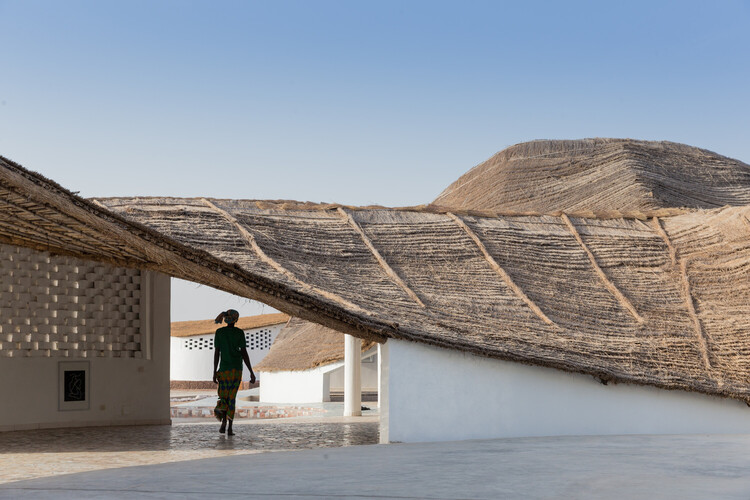
The Architecture of Rewilding: Designing for Ecosystem Recovery
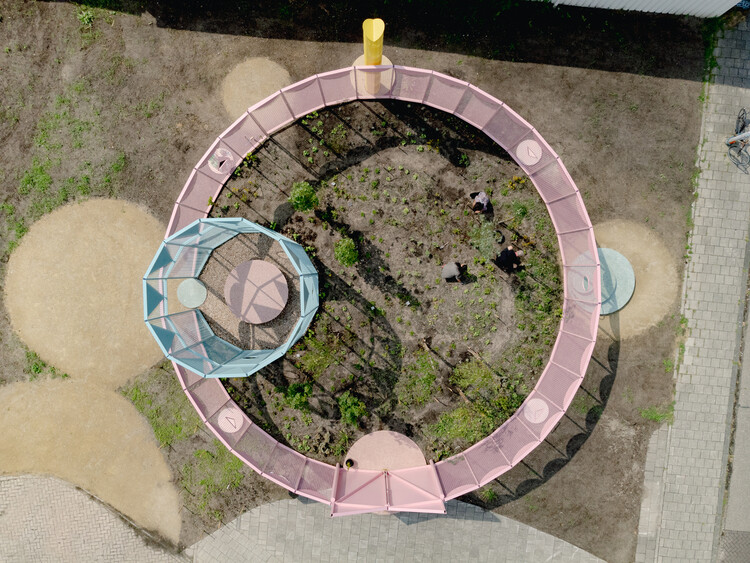
An Ancestral Legacy with Modern Concerns: The Story Behind the Waru Waru Agricultural Fields in Peru
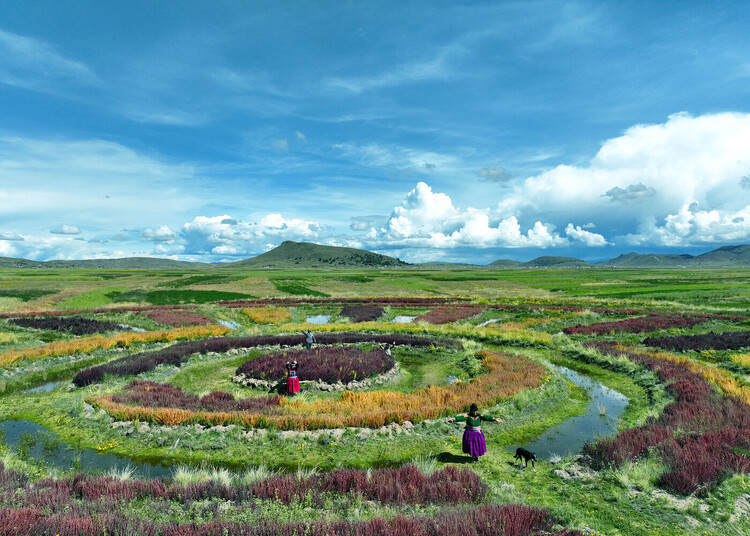
Building with Communities: Rural Schools That Integrate Local Techniques and Materials in Latin America
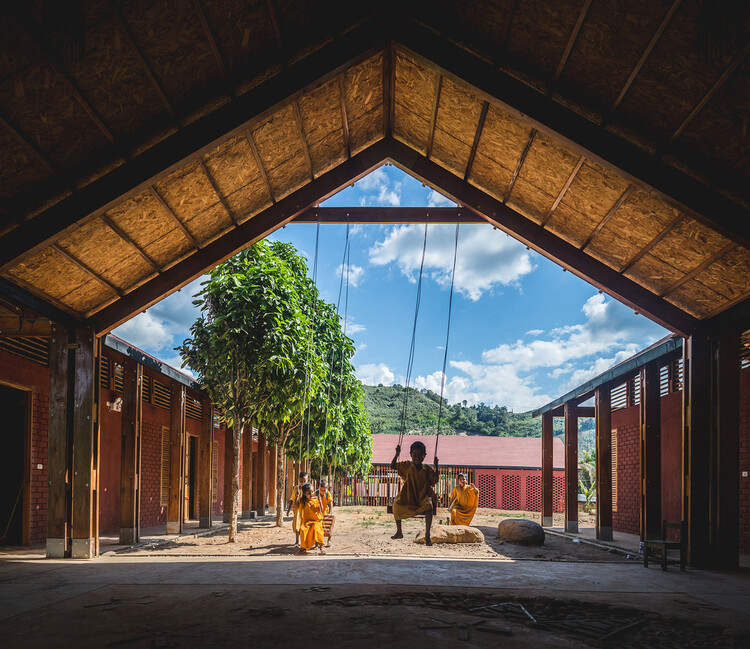
Rooted in Tradition, Nature, and Community: Wellness and Healing Spaces from the North to the South Africa
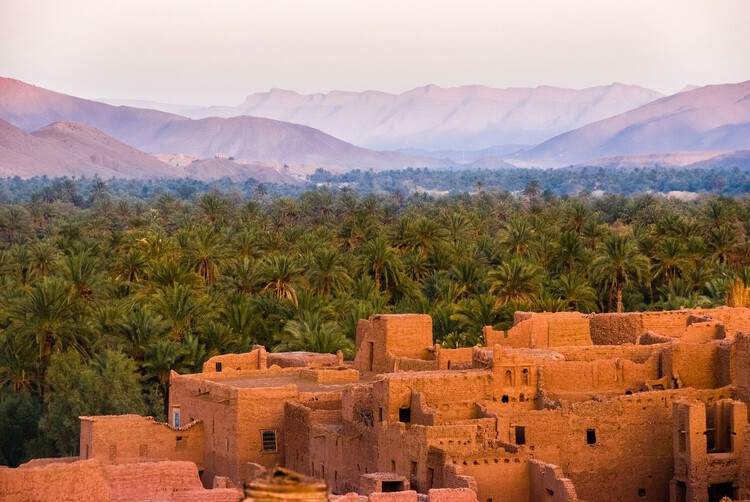
Between Algorithms and Ancestral Knowledge: Expanding the Concept of Architectural Intelligence

A Different Type of Rurality: Designs for Post-Industrial Heritage Transformation

The Strength of Heritage: Reuse and Conservation as Radical Resilience
Engaging with the layered histories of our cities provides a resilience rooted in collective memory. This approach is also a powerful act of environmental stewardship, conserving the vast embodied carbon within existing structures by choosing renewal over demolition. This principle redefines heritage beyond isolated monuments, finding value in everything from overlooked modernist structures to entire historic urban fabrics. At its core, this approach engages communities, strengthens local identity, and ensures the long-term resilience of the urban fabric.
The Barcelona Method: How Climate Data is Saving Historic Architecture from Carbon Stranding
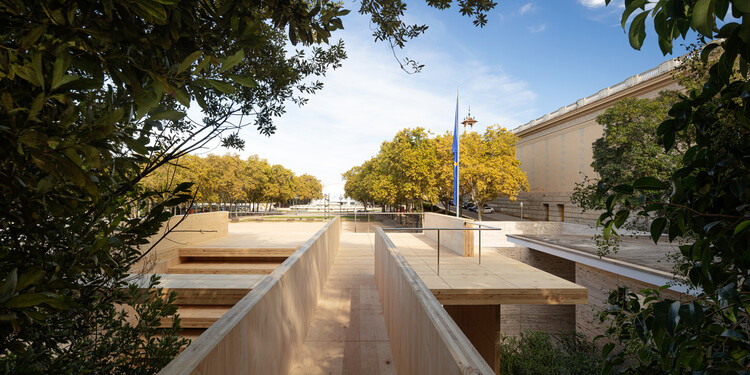
The Transposed Monument: Murray House and the Paradox of Preservation

Longevity Through Renewal: The Enduring Wisdom of Hong Kong’s Water Villages

Reconsidering Brutalist Renovations: A Transformation of the Boston City Hall for the Public

Modernism in Africa: Shedding Light on Nigeria’s Rich Heritage of Education Buildings
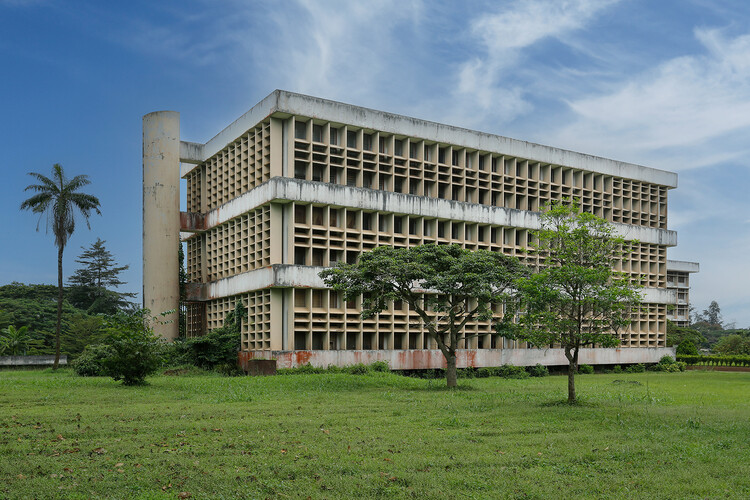
Revitalizing Historic Cairo: May al-Ibrashy’s Vision for Heritage, Community, and Sustainable Conservation

Transforming Industrial Heritage: Design Strategies for Creating a New Atmosphere in Cultural Spaces
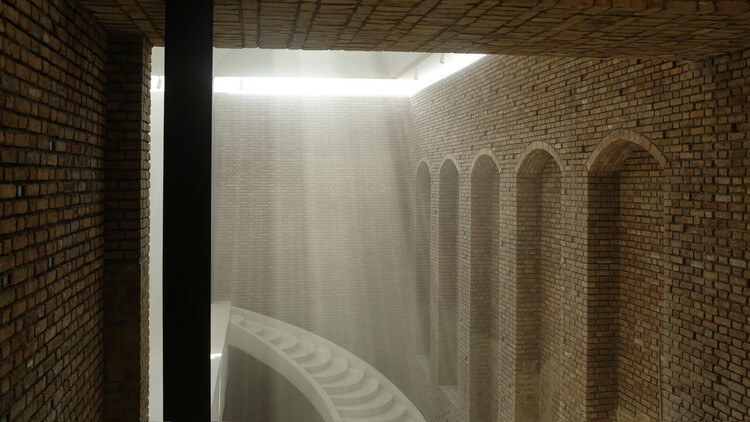
A Model for Community-Led Heritage Preservation: Esna’s Aga Khan Award-Winning Revitalization

The Strength of the Collective: Building Resilience Through Inclusive Community
Beyond physical durability, a building’s strength is also evaluated by its social resilience. This perspective examines how an inclusive design process can contribute to this goal by moving beyond the model of a singular author to incorporate a collective intelligence. A focus on empathy broadens the scope of design to address the full spectrum of human experience, from physical accessibility to the sensory needs associated with neurodiversity. In this context, the architect’s role is often reframed from one of top-down authority to that of a facilitator, utilizing co-creation to give users more agency.
Towards an Architecture of Many Intelligences: How Collective Knowledge Shapes the Built Environment

What Is Co-Creation in Architecture and Urban Planning?

Designing Inclusive Cities: The Role of Universal Design in Creating Accessible Urban Atmospheres

Architecture for Neurodiversity: Designing for Control, Choice, and the Senses
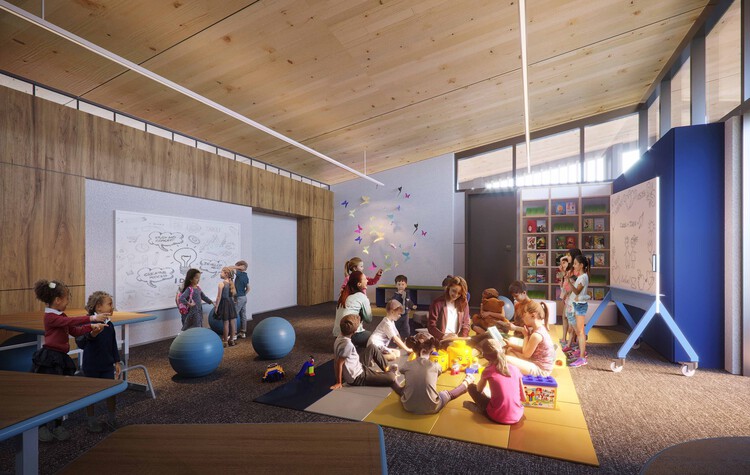
Inclusive Playgrounds: Every Body Can Play Through Architecture
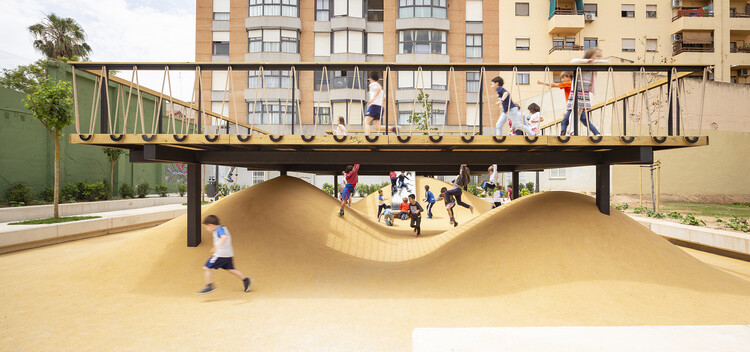
Architecture as a Tool for Social Innovation: Human-Centered Design to Combat Loneliness
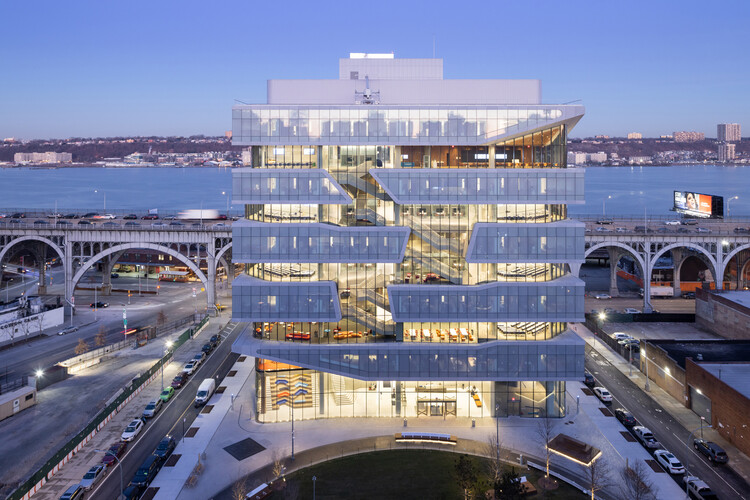
Teaching Empathy: New Approaches to Architecture Education in Latin America
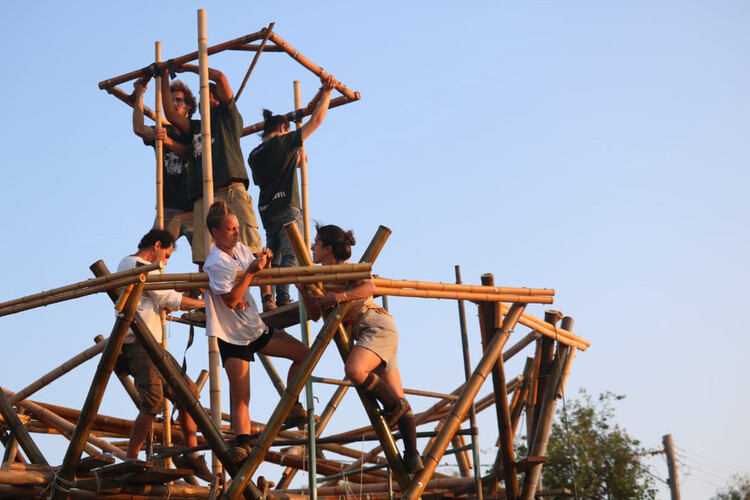
Architecture and Agency: Rethinking Authorship Through Participatory Design

Explore ArchDaily’s previous editions: World Architecture Day 2024, World Architecture Day 2023, World Architecture Day 2022, World Architecture Day 2021, and ArchDaily’s World Architecture Day 2020.

